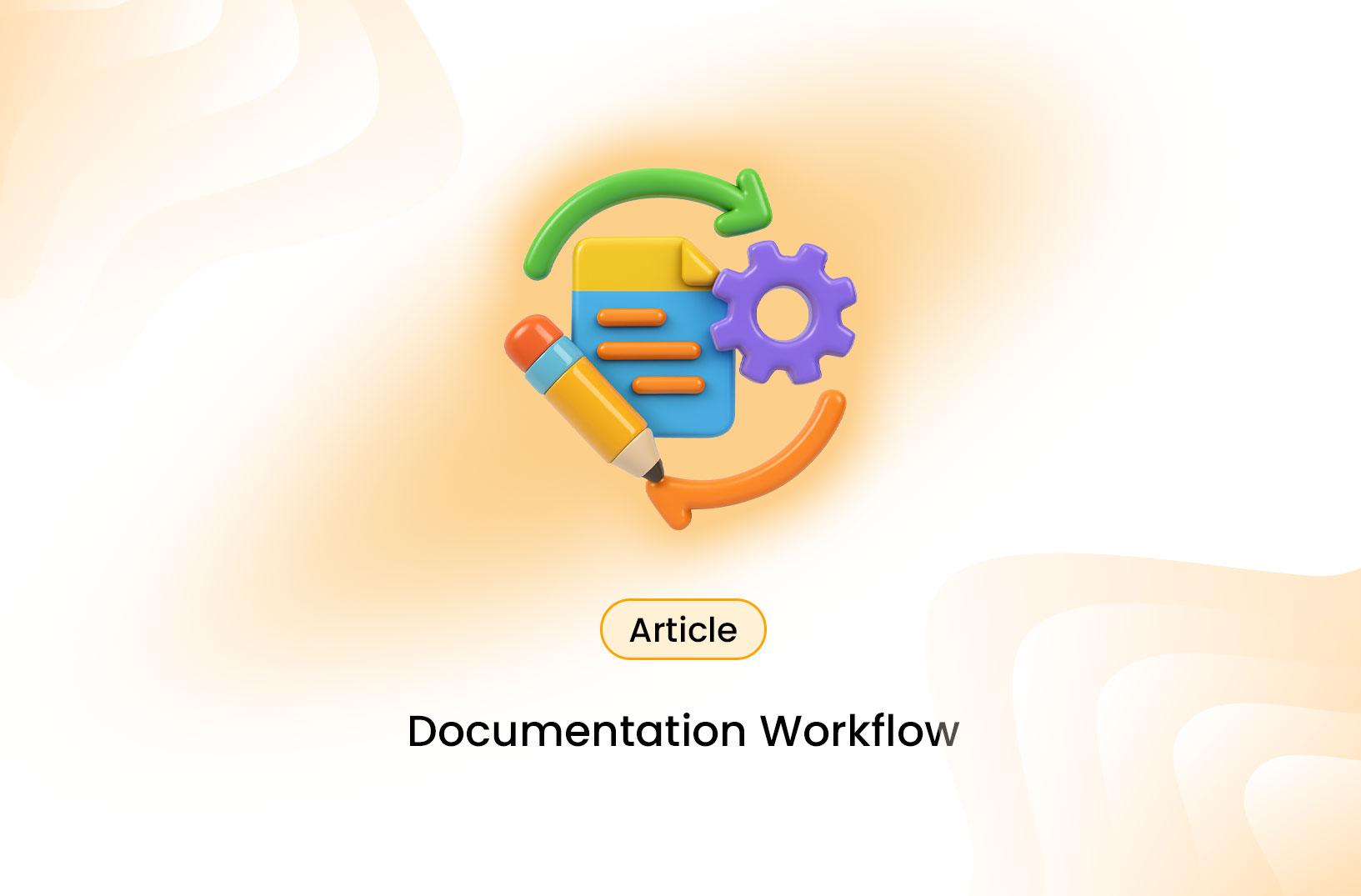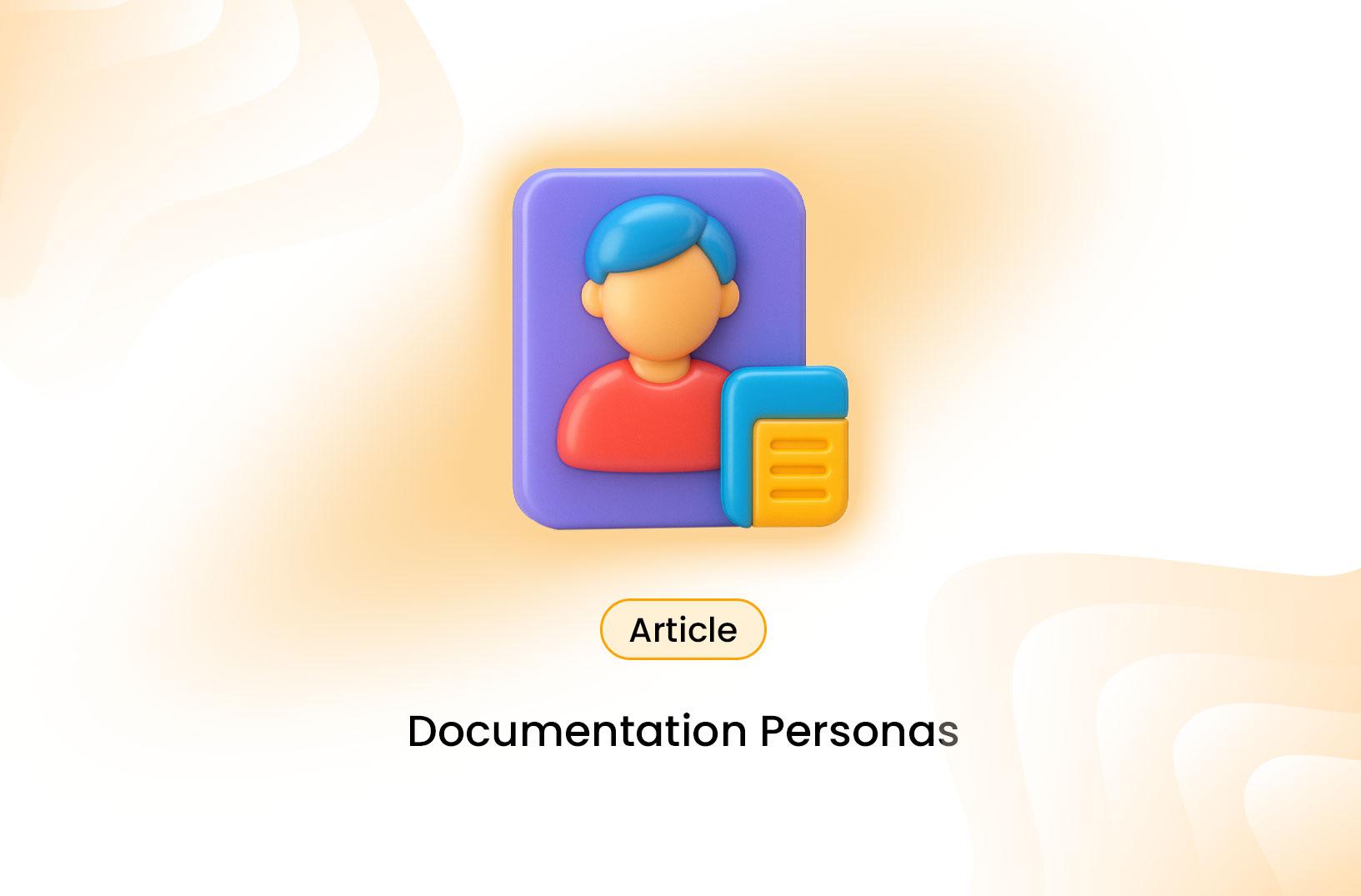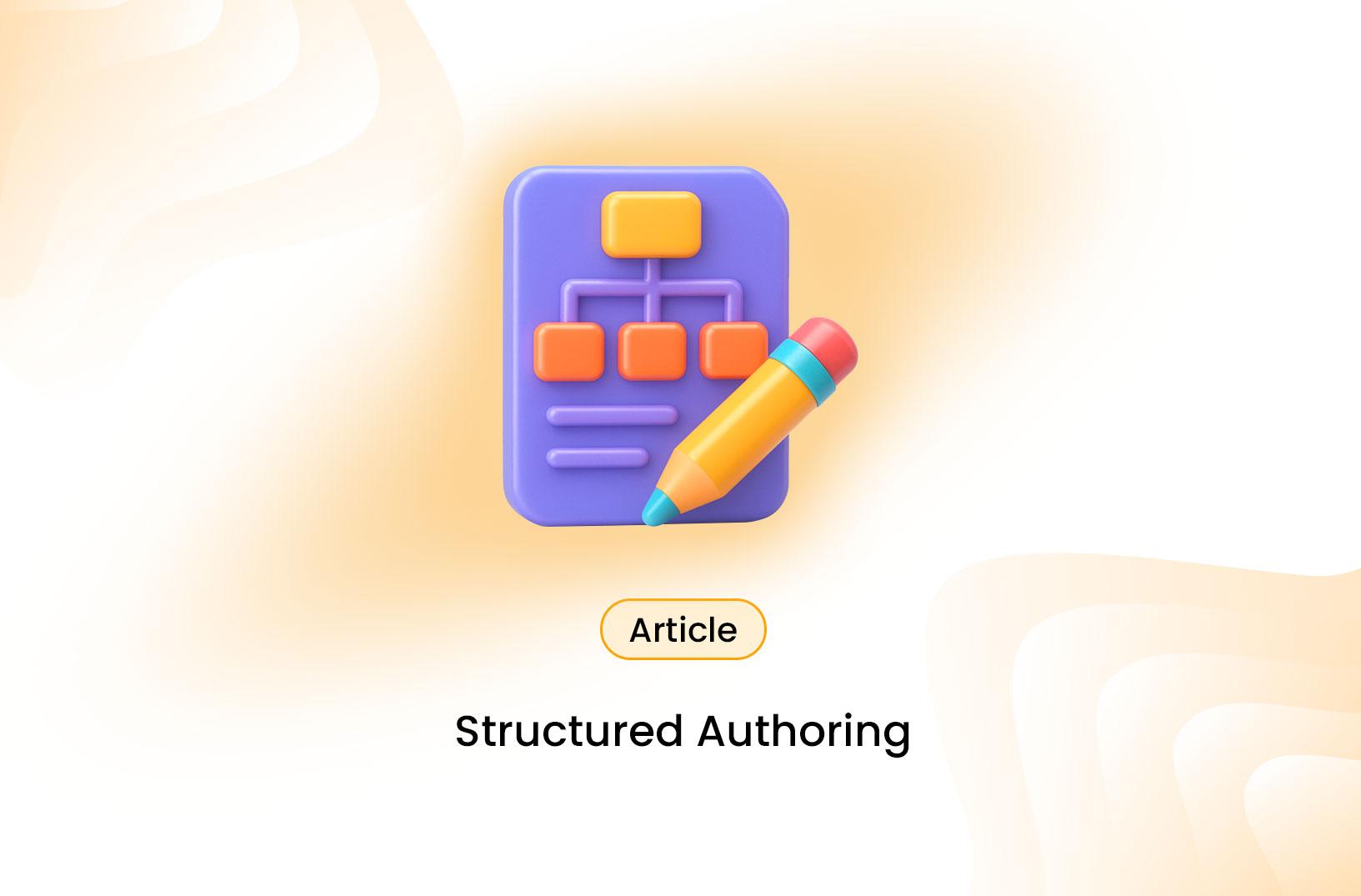Clear and consistent documentation is the backbone of any successful product, project, or development team. Whether you're writing developer docs, API references, or internal guides, having a solid documentation workflow ensures your content stays accurate, up to date, and useful.
In this article, we'll walk through how to design a documentation workflow that scales — from planning and writing to reviewing, publishing, and maintaining.
Why a Documentation Workflow Matters
Good documentation doesn't just happen, it's built through a repeatable process.
Without a defined workflow, teams often face:
- Outdated or duplicated content
- Inconsistent tone and structure
- Missing documentation for new features
- Slow review and approval cycles
A well-designed workflow helps you:
- Produce documentation faster
- Maintain quality and consistency
- Improve collaboration between writers, engineers, and reviewers
In short: it turns documentation from a side task into a strategic process.
Step 1: Define Your Documentation Goals
Start by asking:
- Who is your target audience (developers, users, internal teams)?
- What are their goals when reading your docs?
- What kind of documentation do you need (tutorials, references, troubleshooting guides)?
This clarity helps prioritize what content to create and how to structure it. For example, developer docs often need code samples and API references, while user guides focus on task-based instructions.
Define success metrics, such as:
- Reduced support tickets
- Faster onboarding
- Improved user satisfaction
- Higher documentation engagement (views, search success, etc.)
Step 2: Choose Your Documentation Tools
Your tools will define how efficiently your team can write, edit, and publish.
Common options include:
For writing and version control:
- Markdown + GitHub/GitLab: Ideal for developer-focused docs
- Docs-as-code systems like Docusaurus, MkDocs, or Next.js with MDX
- CMS platforms (e.g., Notion, Confluence, or Contentful) for non-technical teams
For publishing:
- Static site generators for fast, secure, and easy deployment
- Hosted platforms like ReadMe, GitBook, or Document360
For collaboration:
- Git-based pull requests for technical teams
- Commenting and approval features for content teams
Choose tools that integrate smoothly with your existing development workflow.
Step 3: Establish a Clear Content Workflow
Your workflow should outline who does what, and when. A typical documentation process includes these stages:
| Stage | Role | Description |
|---|---|---|
| Plan | Product Managers / Writers | Define what needs to be documented |
| Draft | Writers / Engineers | Write initial content |
| Review | Subject Matter Experts | Check for technical accuracy |
| Edit | Editors / Tech Writers | Improve clarity, tone, and consistency |
| Publish | Docs Manager / DevOps | Deploy to production |
| Maintain | Everyone | Update when changes occur |
Documenting this workflow (yes, documenting your documentation!) helps everyone know their responsibilities.
Step 4: Create Templates and Standards
Consistency saves time. Develop templates and style guides so writers don't start from scratch each time.
Examples:
- Template types: how-to guides, release notes, FAQs, API references
- Style guide elements: tone of voice, grammar rules, formatting, terminology
You can base your documentation standards on resources like:
Templates and style guides ensure every piece of content feels like part of the same ecosystem.
Step 5: Implement a Review and Feedback Process
Quality control is critical for trustworthy documentation.
Recommended review flow
- Technical Review: Engineers verify code snippets, API details, and instructions.
- Editorial Review: Editors refine clarity, flow, and accessibility.
- Stakeholder Approval: Product owners confirm that the doc aligns with business goals.
Encourage continuous feedback from users by adding features like:
- "Was this page helpful?" surveys
- Comment sections
- Issue links (e.g., "Edit this page on GitHub")
This keeps your documentation evolving with user needs.
Step 6: Automate Where Possible
Automation keeps your workflow efficient and prevents bottlenecks.
Examples:
- Continuous Deployment (CI/CD): Automatically publish docs when new commits are merged.
- Link checkers: Catch broken links before publishing.
- Linting tools: Enforce writing standards and formatting rules.
- Versioning systems: Manage multiple documentation versions for different product releases.
Automation frees your writers from repetitive tasks so they can focus on creating great content.
Step 7: Maintain and Measure
Documentation isn't "done" once it's published, it's a living asset.
Create a maintenance schedule to:
- Audit and update content quarterly
- Remove outdated sections
- Track metrics like search terms, bounce rate, and time on page
Use analytics tools such as Google Analytics, Plausible, or PostHog to measure how users interact with your docs. This helps identify pain points and prioritize improvements.
Example of a Simple Documentation Workflow
Here's how a small documentation team might operate:
- New feature release planned → product manager adds it to the docs backlog
- Writer drafts content in Markdown within a branch
- Engineer reviews for accuracy via pull request
- Editor refines and merges changes into main
- CI/CD pipeline publishes automatically
- Monthly audits keep content updated
This streamlined flow helps maintain high-quality documentation without slowing down development.
Conclusion
Building an effective documentation workflow isn't just about writing, it's about creating a system that scales with your product and your team.
By defining clear processes, using the right tools, and embracing continuous improvement, you can create documentation that stays current, delivers value, and helps users succeed.
Because great documentation isn't just written, it's designed, maintained, and evolved.




